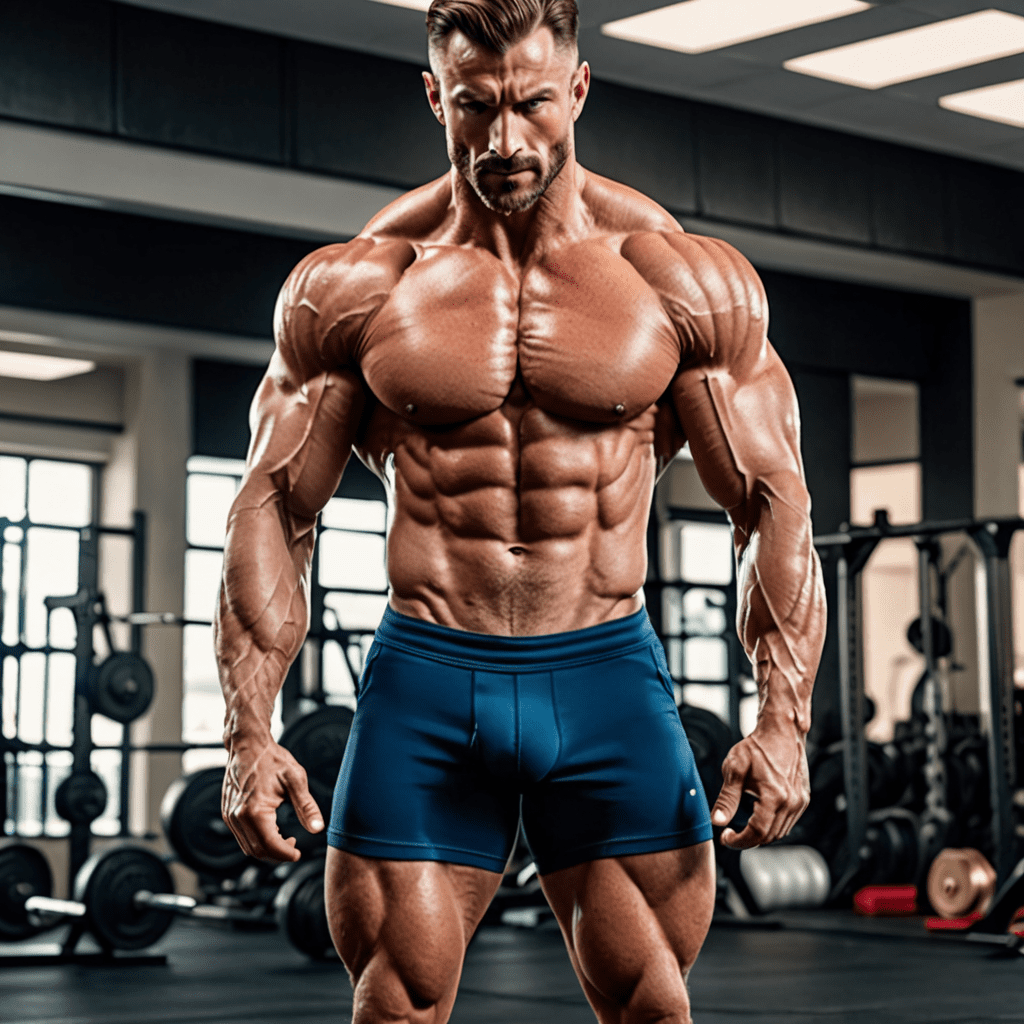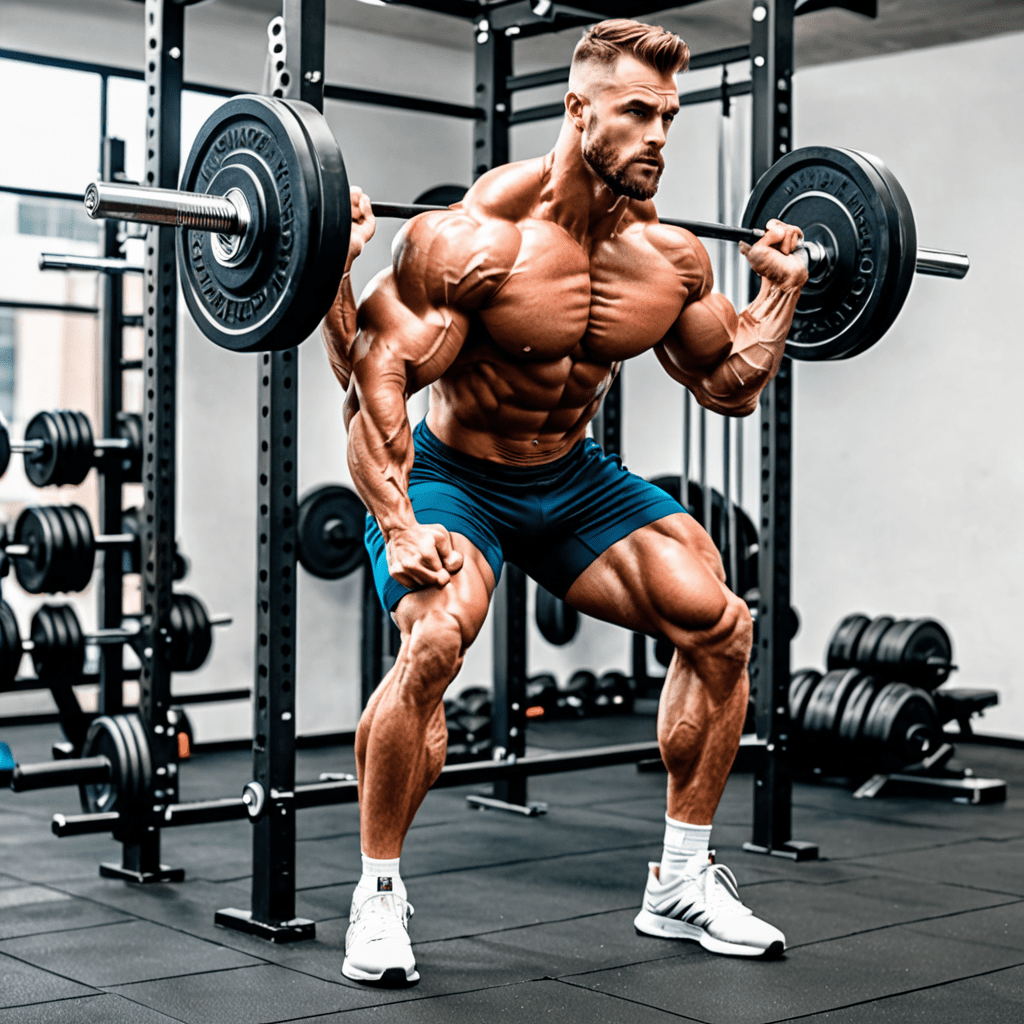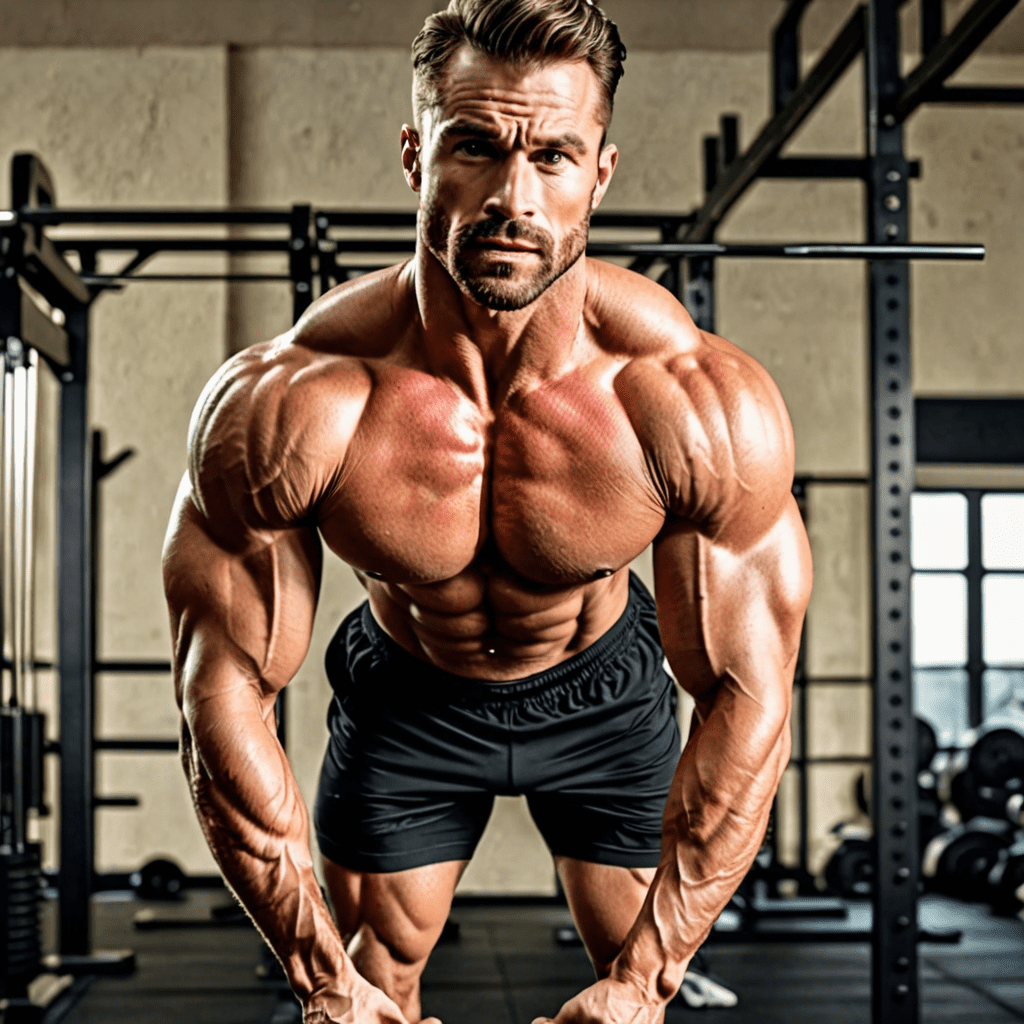
“`html
The Science Behind Push-Ups: Major Muscles Activated
Engaging in push-up exercises not only builds upper body strength but also offers a full-body workout. Let’s delve into the major muscles activated during this dynamic exercise.
Chest Muscles (Pectoralis Major)
The primary muscles worked during push-ups are the pectoralis major muscles, which are located in the chest. These muscles are responsible for the horizontal adduction of the shoulder joint and play a critical role in the pushing motion.
Shoulder Muscles (Deltoids)
The deltoid muscles, located on the shoulders, assist in stabilizing the body during push-ups. They are crucial for controlling arm movement and contribute significantly to the overall strength and stability required for this exercise.
Triceps
Located on the back of the upper arm, the triceps are essential for extending the elbow joint and straightening the arm. They play a vital role in the pushing phase of the push-up, providing the necessary strength to raise the body.
Abdominal Muscles (Rectus Abdominis)
Although often overlooked, the rectus abdominis, or the “six-pack” muscles, are engaged to stabilize the core during push-ups. An activated core helps maintain proper form and ensures effective transfer of force.
Back Muscles (Erector Spinae)
The erector spinae muscles, located along the spine, aid in stabilizing the body and maintaining proper posture during push-up movements. They help prevent the lower back from sagging and contribute to overall spinal support.
Quadriceps
While push-ups primarily engage upper body muscles, the quadriceps in the front of the thighs are also activated to stabilize the lower body and provide support during the exercise.
Glutes
The gluteal muscles, or the “glutes,” help stabilize the hips and maintain proper body alignment during the push-up motion. Engaging the glutes enhances overall stability and ensures effective force transfer from the upper body to the lower body.
Hamstrings
Additionally, the hamstrings, located at the back of the thighs, assist in stabilizing the lower body and maintaining proper alignment during push-ups. Engaging the hamstrings contributes to overall balance and stability during the exercise.
FAQ
Q: Are push-ups only beneficial for building upper body strength?
A: While push-ups primarily target the chest, shoulders, and triceps, they also engage a variety of other muscles, including the core, quadriceps, glutes, and hamstrings, making it a comprehensive full-body workout.
Q: How can I effectively engage all the major muscles during push-ups?
A: To ensure optimal engagement of all major muscles, focus on maintaining proper form throughout the exercise. Keep the core engaged, elbows at a 45-degree angle to the body, and ensure a full range of motion to maximize muscle activation.
Q: Can push-ups help in improving core strength and stability?
A: Yes, push-ups are excellent for enhancing core strength and stability. Engaging the core muscles during push-ups not only strengthens the abdominal muscles but also improves overall posture and spinal support.
“`


